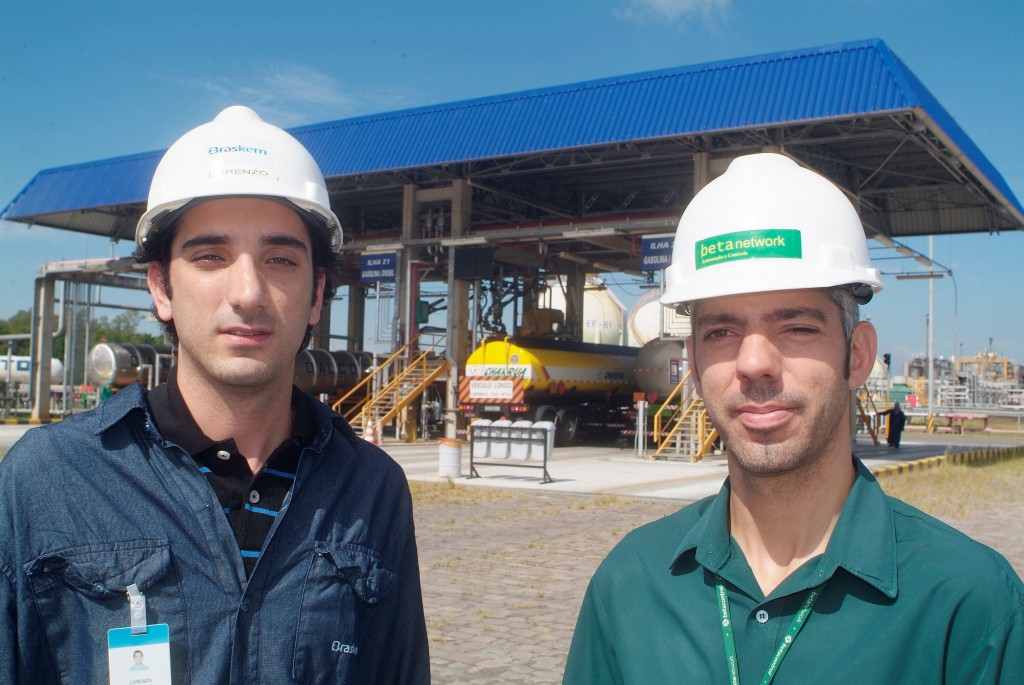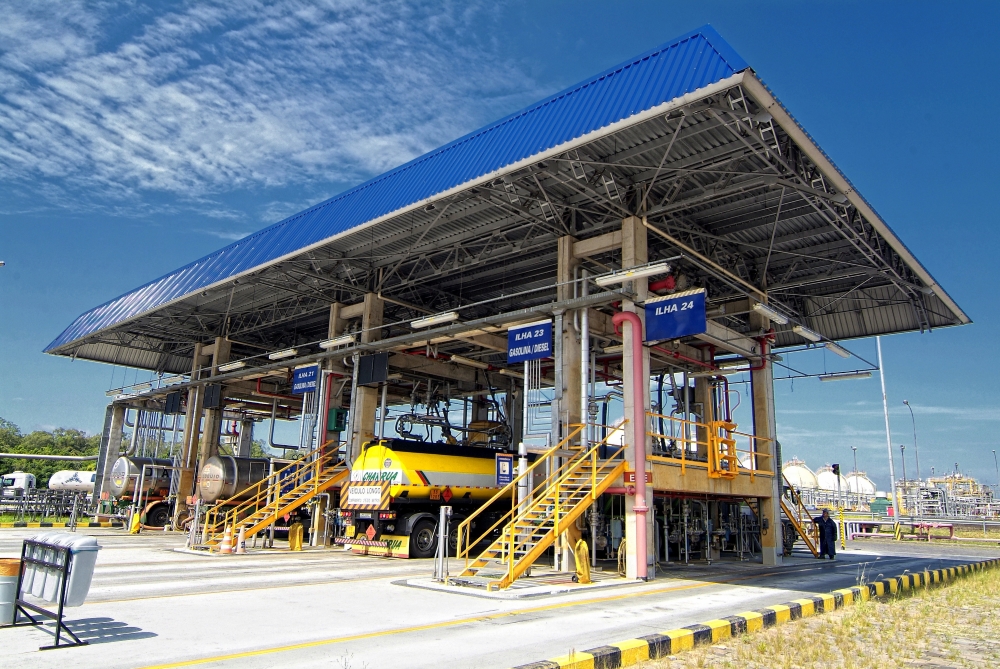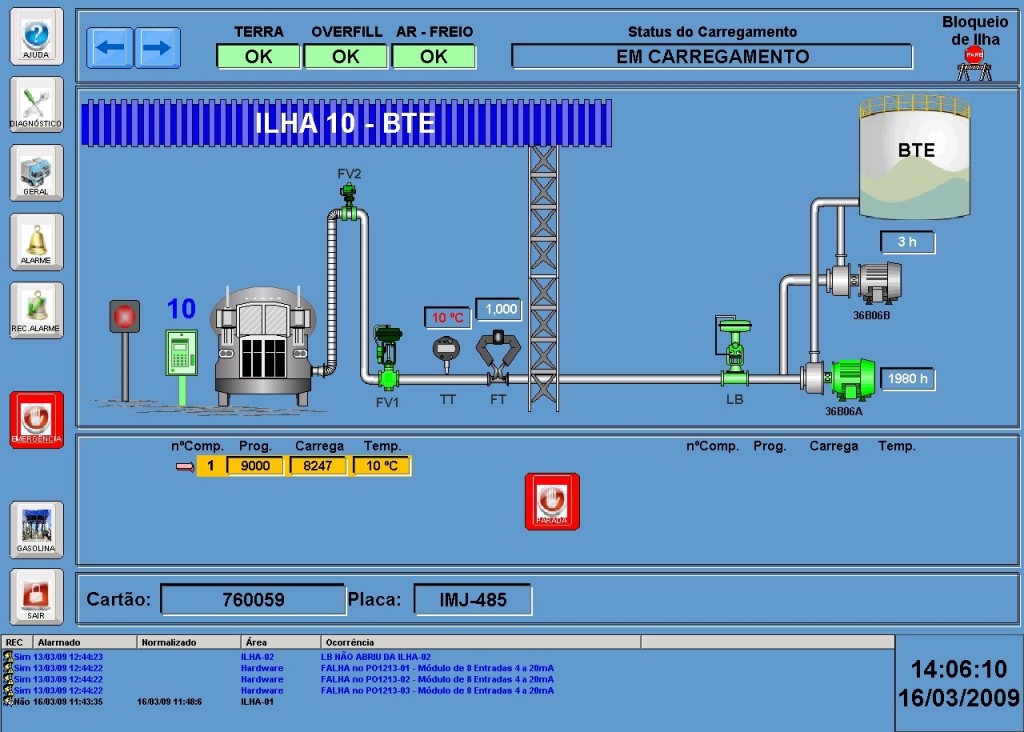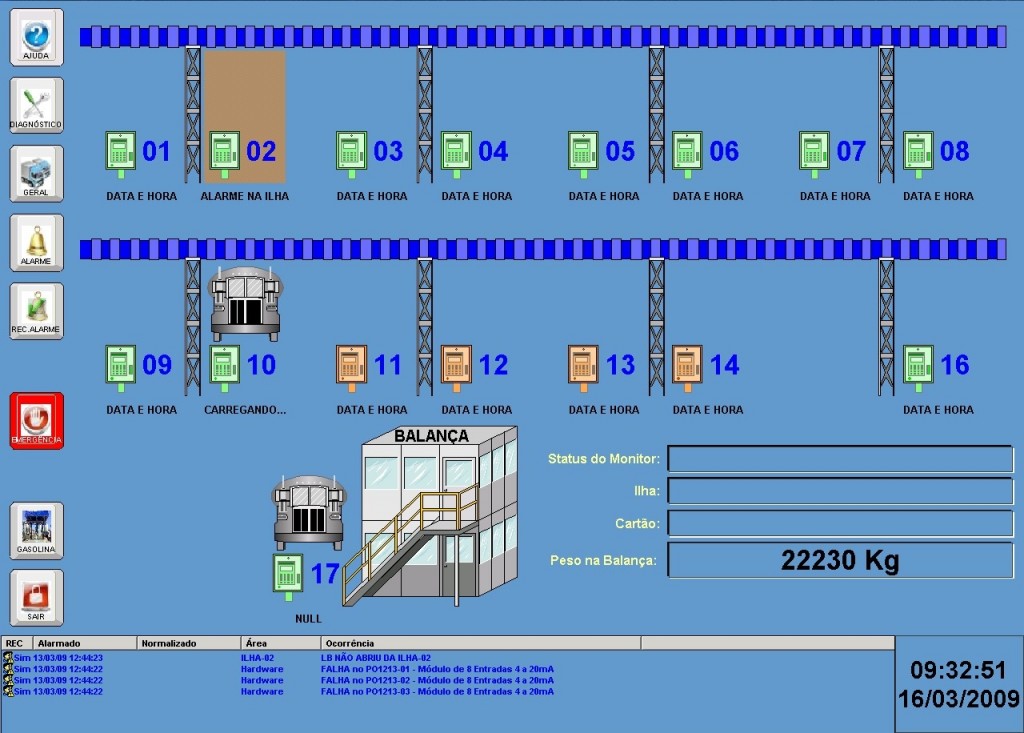Elipse E3 in the Pólo Petroquímico of Triunfo, city located in the south of the Brazil
Elipse E3 solution monitors the gasoline and solvent loading system of the pólo that belongs to Braskem, the Latin-American leader in the market of thermo-plastic resins

Needs
Since its beginning, in August 2002, Braskem is the Latin-American leader in the market of thermo-plastic resins. The company is the first integrated petrochemical in the country, that is, combines first and second generation operations of the plastic productive chain. The first is responsible for producing ethene and propene, main raw materials to create the second generation, the one with thermo-plastic resins.
Having more than four thousand employees, Braskem has industrial plants located in Maceió/AL, Marechal/AL, Camaçari/BA, São Paulo/SP, Paulínia/SP, and Triunfo/RS. In this last city the so-called first generation petrochemical products or basic petrochemicals are produced.
In 2004, the first E3 application was installed in Braskem UNIB/RS (basic inputs unit of the Rio Grande do Sul State). This application performs monitoring of the Gasoline Loading Base, which has three loading road islands and two loading railroads.
 Figure 1. Lorenzo Bongiorni and Gustavo Pchara, the main responsible for the E3 implementation
Figure 1. Lorenzo Bongiorni and Gustavo Pchara, the main responsible for the E3 implementation
Choosing the software started because Elipse is a local company, which make negotiation easy. Satisfied with the benefits brought by the solution, in September 2008, an amount of 16 solvent loading islands started to be monitored by E3. Of these ones, 11 plus an extra island load liquid solvent and four load gas. These last ones, by their turn, are still migrating to the new system.
“We decided to migrate to E3 in search of a more advanced technology not only related to the old solvent loading supervisory system, as well as the same existing E3 solution in the gasoline islands. Thinking about that, we decided to develop an application which explores more resources of the solvent loading control and supervision”, stated Lorenzo Bongiorni, Braskem automation engineer.
Today, UNIB from Triunfo/RS has six Hot-Standby copies, two on the gasoline loading sector, two on the solvent one and two other on the Rio Grande terminal.
Solution
In September 2008, with the technological upgrade of the solvent loading islands (switching PLCs, cables, etc.), an opportunity to install E3 came up as the supervisory system for solvent loading. E3 standardized information and the interface of the devices used to control solvent loading with the operators. To Gustavo Regner Pchara, Beta Network developer and one of the main responsible by the E3 application in UNIB/RS, the differential of the new system found on the solvent islands is mainly focused on the ease of use of libraries.
“Once the object is created, there is no need to worry about it, it is enough to update it in case a changing is needed. Instead of the existing situation on the previous supervisory system, when we must reset the whole object”, he says.
Different from the solution found on the gasoline loading sector, where E3 is responsible for communication between PLC and SQL Server (database), the existing E3 in the solvent sector was developed for monitoring and interfacing with the PLC I/O. In this case, the solution responsible for data updating between PLC and SQL Server is an external software.
In both cases, E3 communicates with the PLC performing data collecting of the loading as a whole, allowing tests and failure diagnosis in the instruments. The only difference is that the solution responsible for monitoring the solvent islands offers a more complete diagnosis to the user because it was implemented in a more qualified way than the supervisory on the gasoline islands.
According to Bongiorni, the way the Elipse solution was built on the solvent islands, almost cancelling the level of intervention in the PLC, is a highlight point. Thus, it is possible to have access to the conditions of each one of the islands fast and safe during the loading.
During the loading, the truck or the wagon remains under constant surveillance of four signals: grounding, vehicle air pressure, high level switch on the loading compartment, and the existence of any emergency situation in the loading island. Problems easily solved by E3.
After this step, there was a need to monitor, as complete as possible, the loading itself. This goal was achieved from the moment that the solution established a direct contact with the SQL Server, allowing the operators to have access to all information referring to the loading process.
Information are the loading request number and the card that authorizes the driver/vehicle pair performing the request, vehicle badge, in and out checked weight, the amount of the product, total amount of loaded compartments and the ones to be loaded, average temperature of the product during loading, the island where the vehicle is in, and general status of loading.
As this is not enough, the solution also allows access to information referring to each one of the islands, like the situation of the valves, pumps, temperature, flood and loading status.
“The fact that we already knew E3 applied to the gasoline islands, made possible to install it, in an improved way, on the solvent islands”, says the engineer.
“The idea is to incorporate, in 2009, the E3 solution which supervises and controls today the solvent islands to the five gasoline islands”, completed Pchara.
Benefits
- Compact software, which makes it easy to maintain and update the system.
- Creating different applications using libraries, avoiding the need to reconfiguration, in case of any system modification or update.
- Better information standards and interface among machines and operators.
- I/O interaction, providing hardware diagnosis and tests.
- Monitoring network communication parameters of data input terminals.
- Direct access to information related to the loading process, reducing PLC direct intervention and providing system remote diagnosis.
Final Considerations
For Bongiorni, E3 represented a big switching, mainly on the solvent loading system. According to him, before E3 the operators had access to only 10% of information they have today.
“The old supervisory system forced us to use several other applications to diagnose any kind of problem. E3, on the other side, brings all information about the solvent islands loading process. It is a complete system”, defined the engineer.
For Pchara, besides these ones, E3 highlights by its special engineering.
“The software was developed in block, libraries, making it easy to create any implementation on the application. Not to mention the fact that it is a simple, robust and fast tool, capable of communicating to a database containing information about the loading process, from financial to plant floor”, he says.
Datasheet
Client: Braskem
Responsible for the project: Altus Sistemas de Informática S/A
Software: Elipse E3
Number of Copies: 4
Platform: Windows Server 2003 R2
Number of I/O Points: 3211
Drivers: Altus, TCP/IP


